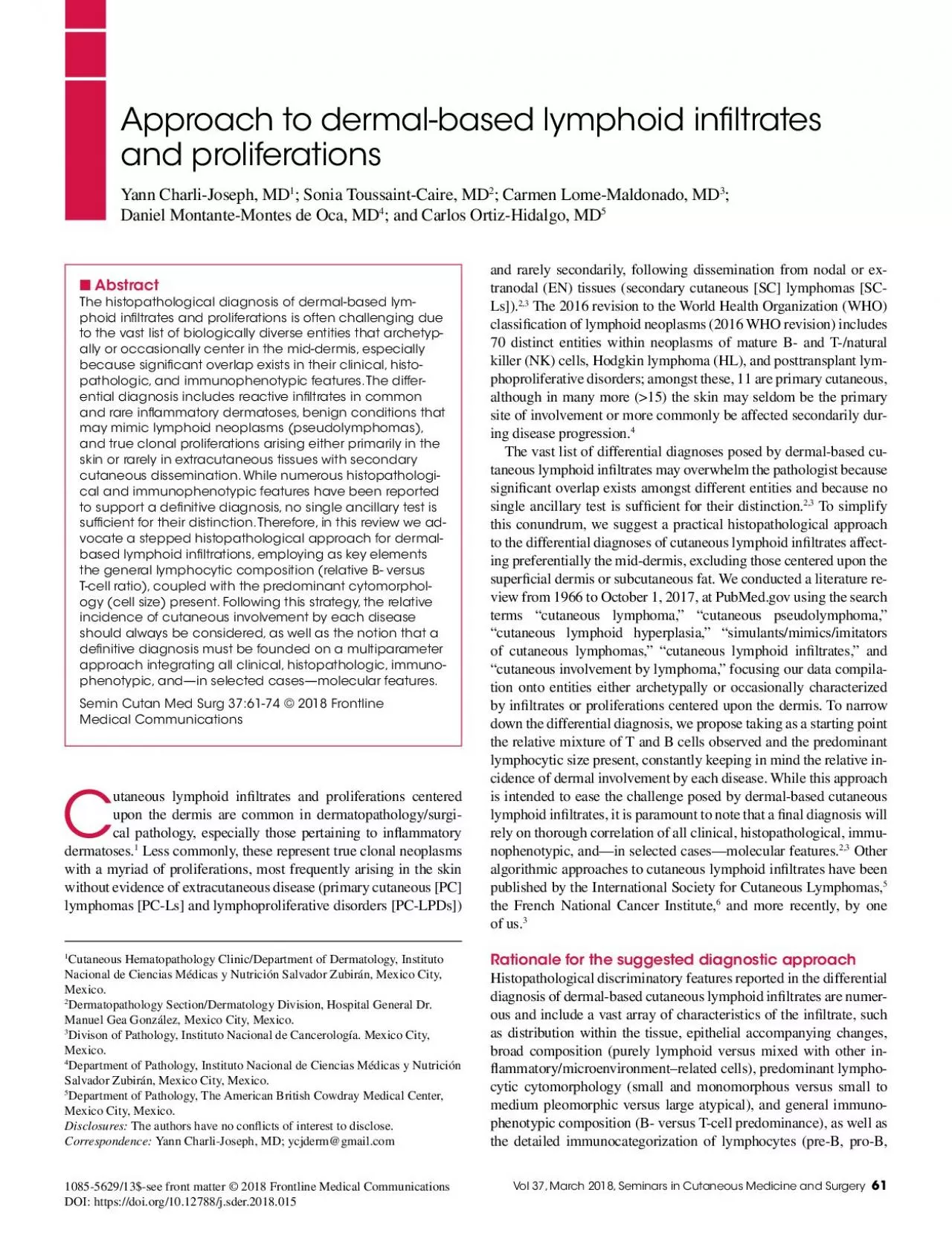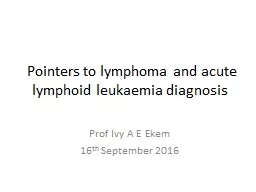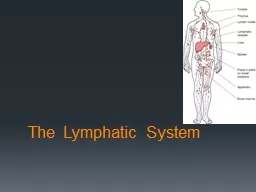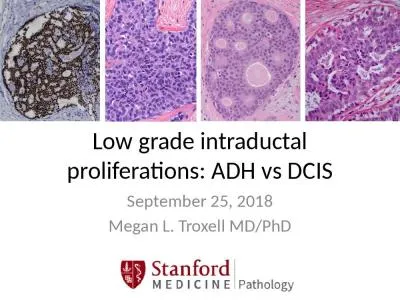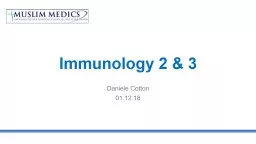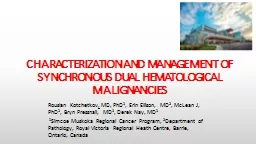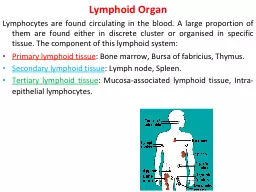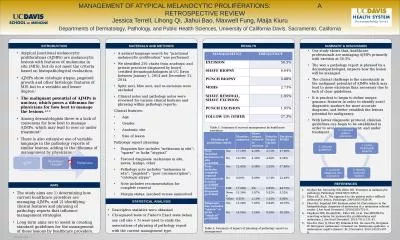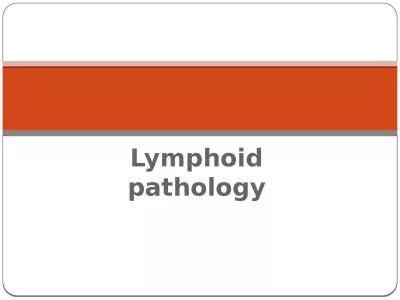PDF-Approach to dermalbased lymphoid in31ltrates and proliferations Ya
Author : queenie | Published Date : 2022-10-28
Cutaneous Hematopathology ClinicDepartment of Dermatology Instituto Nacional de Ciencias Médicas y Nutrición Salvador Zubirán Mexico City Mexico Seminars in Cutaneous
Presentation Embed Code
Download Presentation
Download Presentation The PPT/PDF document "Approach to dermalbased lymphoid in31ltr..." is the property of its rightful owner. Permission is granted to download and print the materials on this website for personal, non-commercial use only, and to display it on your personal computer provided you do not modify the materials and that you retain all copyright notices contained in the materials. By downloading content from our website, you accept the terms of this agreement.
Approach to dermalbased lymphoid in31ltrates and proliferations Ya: Transcript
Download Rules Of Document
"Approach to dermalbased lymphoid in31ltrates and proliferations Ya"The content belongs to its owner. You may download and print it for personal use, without modification, and keep all copyright notices. By downloading, you agree to these terms.
Related Documents

